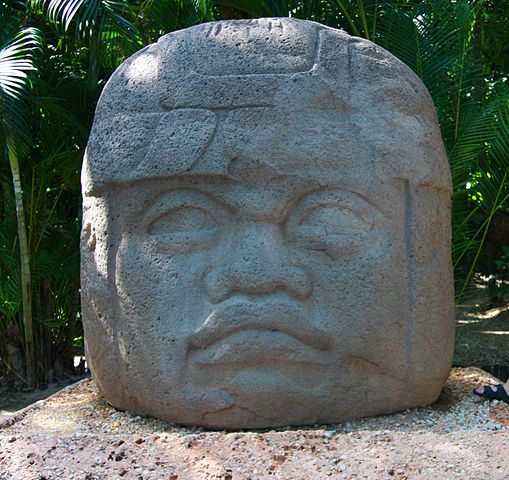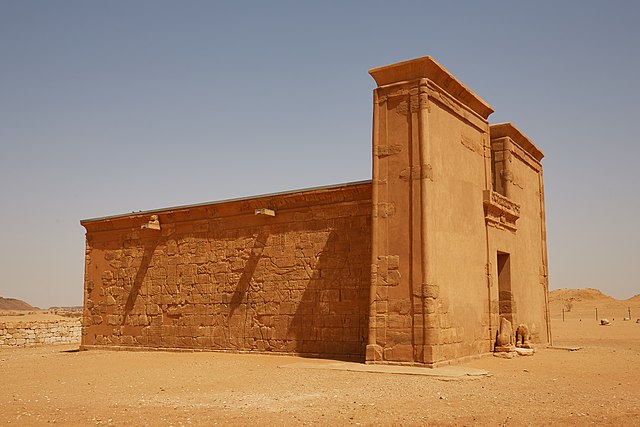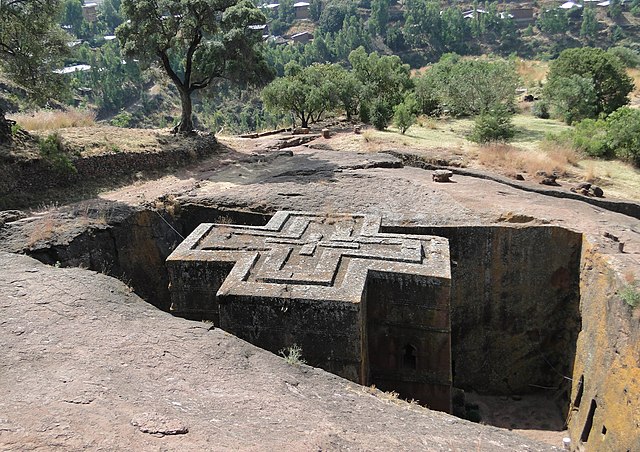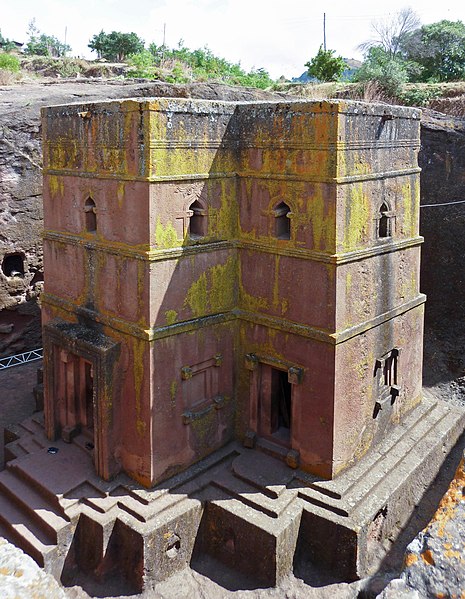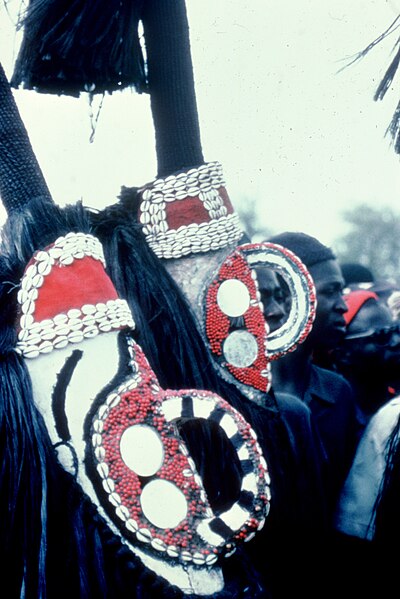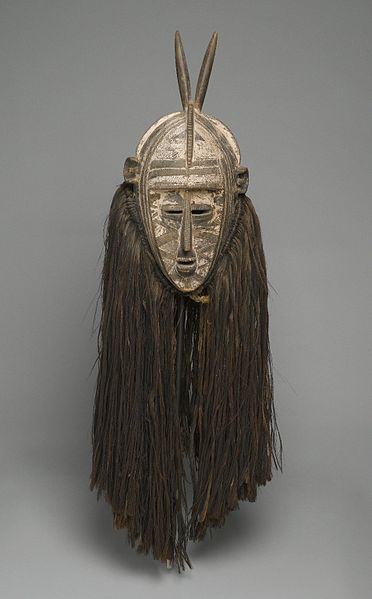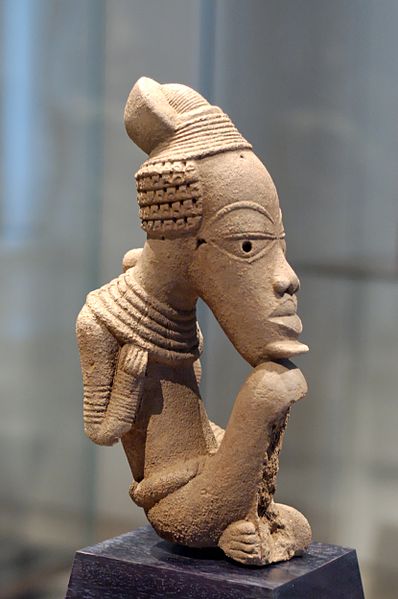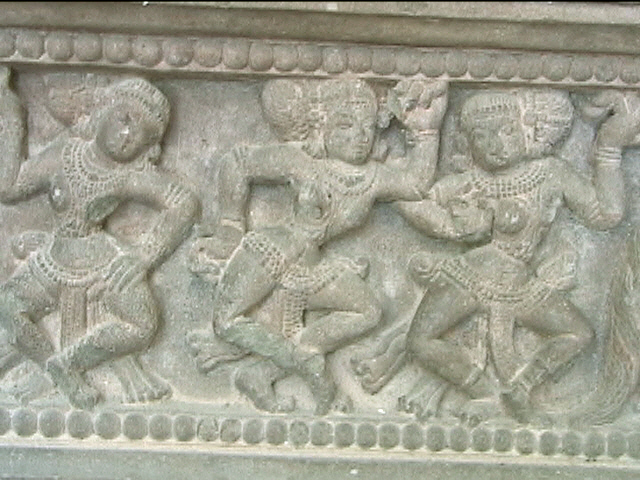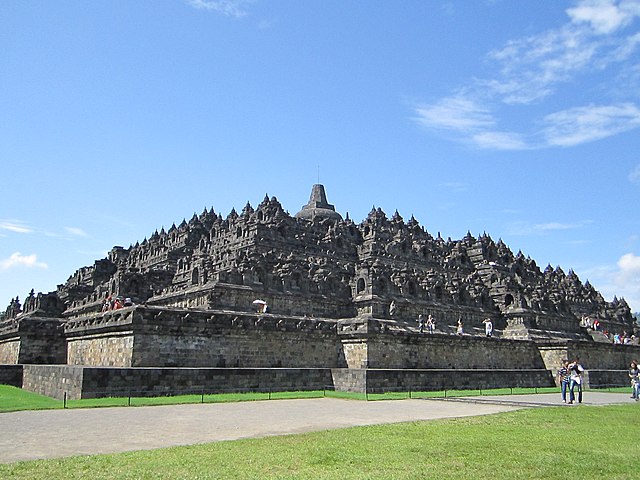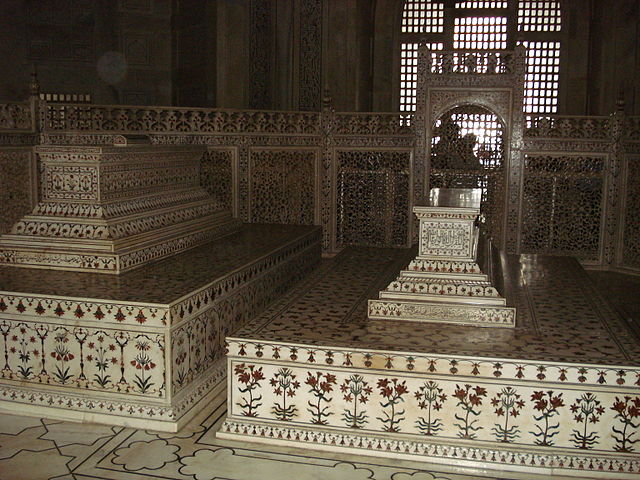We just learned about the Olmec Colossal Heads.
Another ancient art from the ancient Americas is the Serpent Labret with Articulated Tongue.
This is a type of jewelry that was worn in someone's pierced lower lip.
The snake would stick out, and the tongue would even move when they moved their head.
In the place now known as Mexico there were people called the Aztecs that would sometimes pierce their lips and wear things in their mouth like that.
It's made of gold, copper and silver, and was made long ago, some time around 1400 AD.


(from: wikipedia - serpent labret with articulated tongue)
Kid Facts - Blast from the past: Nestorian Stele

